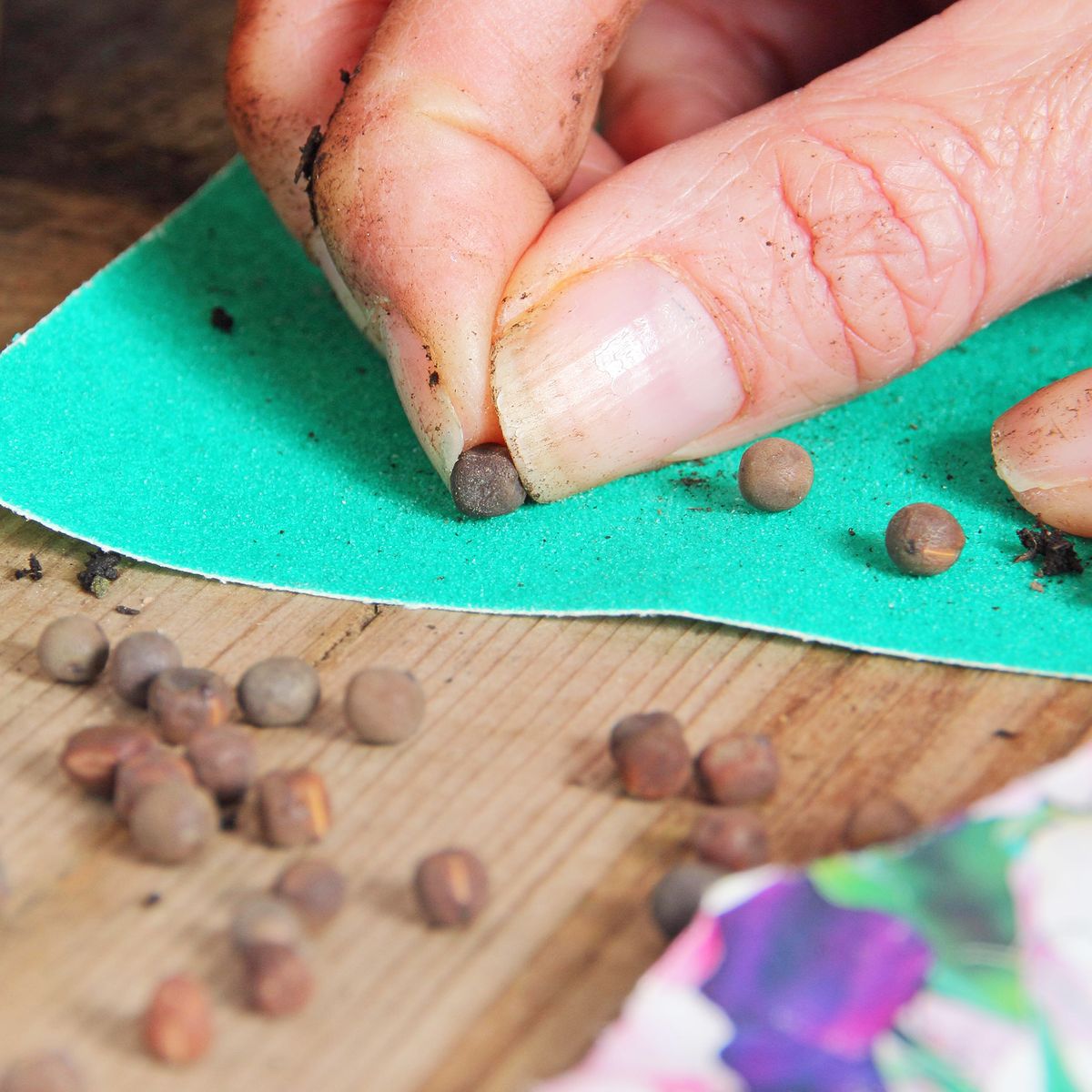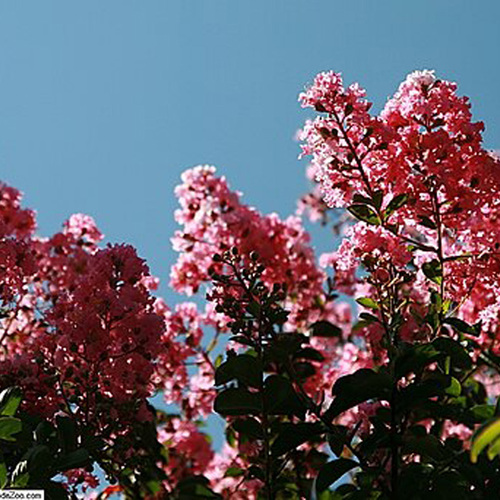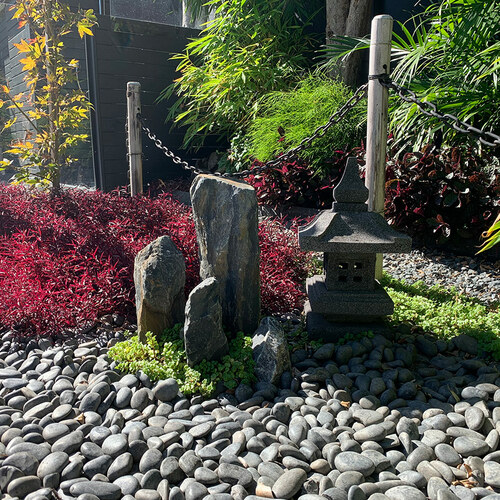Looking for colour and cooling? Here’s a sampling of trees, large and compact, to consider for your yard
![Rich red colouring on Acer r. 'Red Rocket' adds a touch of warmth on grey autumn days. Must credit: Minter Country Garden. For use with Brian Minter's column for Oct. 23, 2021 [PNG Merlin Archive]](https://smartcdn.prod.postmedia.digital/vancouversun/wp-content/uploads/2021/10/redrocket_265185481-w.jpg?quality=90&strip=all&w=288)
Reviews and recommendations are unbiased and products are independently selected. Postmedia may earn an affiliate commission from purchases made through links on this page.
Article content
If you are considering planting a shade tree or two to act as living air coolers during our increasingly warm summers, one of the many criteria you may want to think about is fall colour.
Advertisement
This advertisement has not loaded yet, but your article continues below.
Article content
In central and northern B.C., native sumacs, shrub dogwoods and vine maples give us a touch of red and orange fall colouring, but nothing like the vibrant colour of sugar and red maples in Quebec and Ontario.
Roy Forrester, the first curator and director of Van Dusen Gardens always used to tell me how important it is to add red and orange fall foliage trees to our West Coast suburban landscapes which, like our surrounding mountains, tend to feature a great deal of yellow.
Parks departments in B.C. have taken this concept to heart. Today, in many B.C. cities and neighbourhoods, urban forestry has been showcasing an excellent selection of red and orange fall-foliaged trees that look especially stunning on sunny autumn days.
Advertisement
This advertisement has not loaded yet, but your article continues below.
Article content
If your garden could use a colour lift at this time of year, there are some trees that add not only fall colour but also year-round beauty.
One of the most underused species are the parrotias, which are truly four-season performers and are named after F.W. Parrot, a German botanist. Native to the Caucasus Mountains in Eurasia, parrotias come in a variety of forms. They are drought tolerant, they produce tiny, red, strap-like flowers in mid-winter, they sport grey winter stems that flake, creating a white patching effect, and they have attractive, four-inch-long, undulating green leaves that turn brilliant red, orange, yellow and burgundy in fall. Hardy to zone 4, most parrotias grow in the range of 30 feet tall by 15 feet wide.
Advertisement
This advertisement has not loaded yet, but your article continues below.
Article content

Narrower forms, like Jodrell Bank, Persian Spire and Vanessa, spread only about 10 feet wide, making them ideal screening trees for smaller space gardens. A great addition to any garden, Ruby Vase is a clean, attractive tree that grows about 16 feet wide.
Japanese maples, available in hundreds of varieties, are, perhaps, the most-popular small screening and shade trees. In B.C., we’re fortunate to have many growers who produce a wide variety of these four-season jewels. Several are becoming evermore popular because of their unique characteristics.
One of the larger growing varieties, Acer griseum is actually a Chinese native. It is better known as the paperbark maple because of its vibrant, red peeling bark. It looks exquisite in winter. One of the most resilient and toughest of all the maples, it makes a great shade specimen, growing up to 25 feet with a somewhat narrow form. Its attractive green foliage is the last to appear of all the maples, and it, too, has inconspicuous red flowers in spring that turn into seed pods. Its foliage turns a vibrant red in fall.
Advertisement
This advertisement has not loaded yet, but your article continues below.
Article content

Another showstopper is the coral bark maple (Acer palmatum Sango-Kaku). Growing to about 20 to 25 feet tall and 15 to 20 feet wide, its green foliage takes on a yellowish hue in late summer, then turns a vibrant yellow in fall, which contrasts beautifully with its coral-coloured stems. It’s a beauty, particularly when the temperature drops and the coral stems become more vibrant.
The new rising star in red Japanese maples is the narrow form called Twombly’s Red Sentinel. Reaching only about 10 feet in height, it stays fairly slender at about six feet. It’s a perfect screening variety and offers a nice bit of shade for a deck or patio. Its fall red tones are quite remarkable.
There’s no question that the green-leafed varieties of Acer palmatum provide the richest fall colours in oranges and reds. As a rule, they are also more resilient and more drought-tolerant than the red leafed varieties. Some of my green-leafed fall favourites are A.p. heptalobum Osakazuki, which displays various shades of green during spring and summer, then explodes into a brilliant, fiery scarlet in fall. Acer palmatum Katsura starts out with red-edged golden foliage, which fades to green and finishes with a final flourish of yellow, orange and red.
Advertisement
This advertisement has not loaded yet, but your article continues below.
Article content

The standard of fall reds are the Acer rubrums that are native to the eastern U.S. and Canada. They range anywhere from 30 to 50 feet in height and about 20 to 30 feet in width. They are fast growing, clean trees with relatively smaller green leaves, which turn the most brilliant red and hold their colour for weeks.
Acer rubrum Autumn Flame and October Glory are in the 30-to-35-foot range with a spread about 20 to 30 feet. Larger varieties, like Red Sunset, Supersonic and Acer freemanii Autumn Blaze, reach up to 45 to 50 feet with a 40-to-50-foot width. While these are spectacular trees for parks and larger landscapes, they are too large for today’s smaller sized lots. There is now a series of quite beautiful narrower forms of these trees which are much better suited to higher density lots. Although not brilliant reds, they all have lovely yellow, orange and red fall colorations.
Advertisement
This advertisement has not loaded yet, but your article continues below.
Article content
Acer rubrum Armstrong, Bowhall, and Karpick reach up to 40 feet with a much narrower form in the range of 15 feet. Newer varieties, like Red Rocket and Scarlet Sentinel, are well suited to today’s smaller planting realities. They can all be pruned when young to keep them shorter and more slender.
Most dogwoods have attractive fall colouring, but there are a few with brilliant red fall colour. The old standby, Cornus nuttallii Eddie’s White Wonder, turns a vibrant red in fall, as does C. Venus, which has up to seven-inch white flowers, and C. Starlight is the most resistance to both mildew and the pesky anthracnose disease. They all grow in the 30-foot range with a width about 15 feet.
Narrow growing oak trees, like Quercus Green Pillar, Crimson Spire, Kindred Spirit and Quercus alba Skinny Genes, have suddenly gained star status. All grow in the 40-foot range and are very slender, yet quite stately. Their fall colour varies from bright red to a deep bronzy red.
Advertisement
This advertisement has not loaded yet, but your article continues below.
Article content
Perhaps the hardest tree to find anywhere right now is the very popular sweet gum tree, Liquidambar Slender Silhouette. It is slow growing, very disease resistant and has beautiful maple-like leaves that turn a nice red, purple and yellow combination in fall. It is worth the search.

Sourwood trees (Oxydendrum arboreum) are slow growing up to 20 feet and have stunning red leaves in fall. Sour gum trees (Nyssa sylvatica) make some of the best lawn trees for dramatic fall colour. Stewartia monadelpha, at 25 feet, is also in the more compact range, and it not only produces early white flowers but also has vibrant orange and orange-red foliage in fall.
For many folks, fall is their favourite time of the year because of the refreshing, cooler temperatures, fall harvests, autumn events and surrounding fall colours. It certainly is a time to visit parks and gardens to enjoy the amazing fall colour.
If you need a little cooling in summer or if your garden could use a lift right now, why not plant one of these stunning trees?












